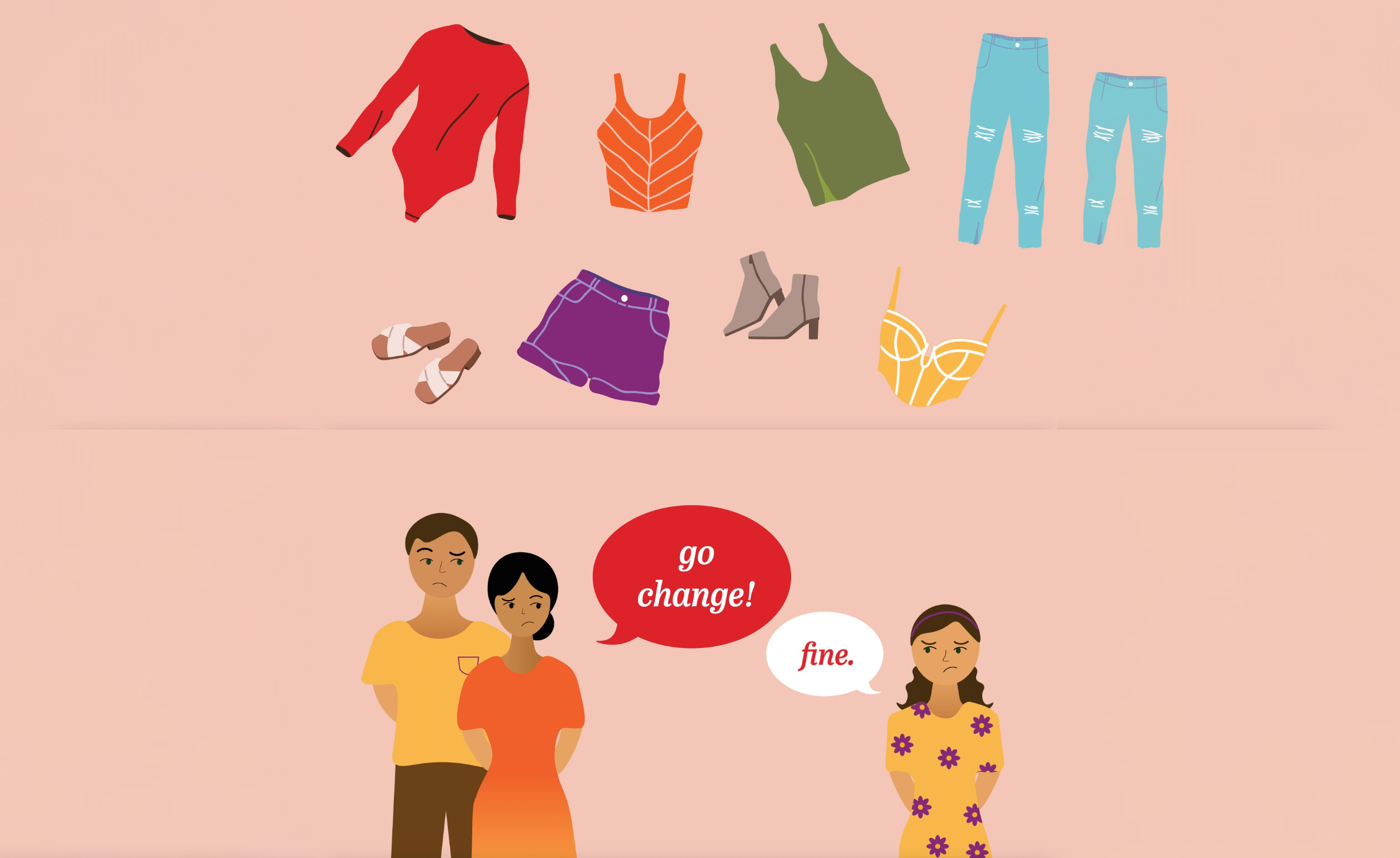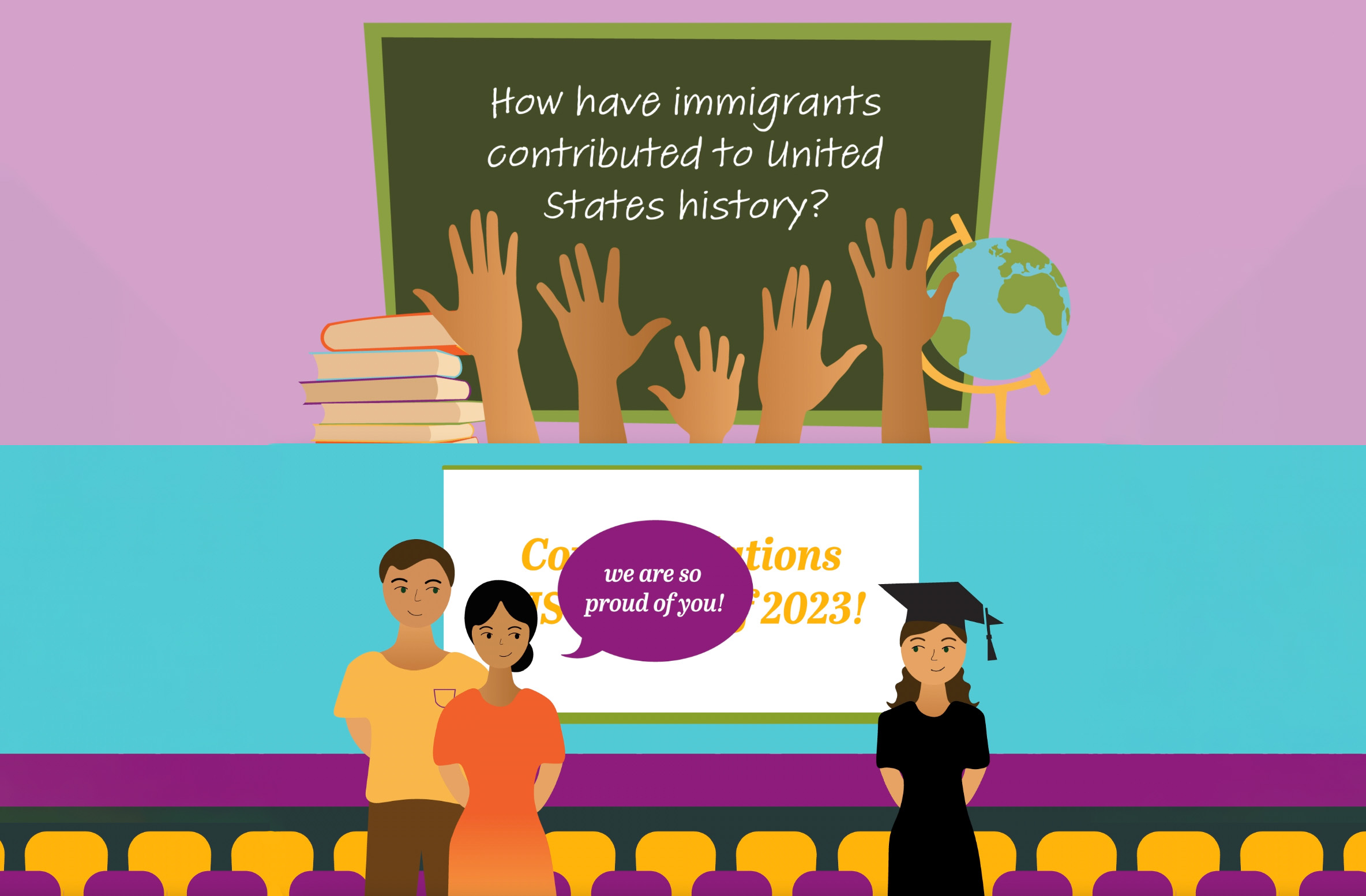An animated motion graphic that touches on acculturation gaps within immigrant parents and their children who grow up in the United States.
Abstract
Second-generation immigrants in the United States are individuals born and raised in the United States who have at least one parent born in a foreign country. A common issue between second generation immigrants and their parents is the acculturation gap that naturally emerges between generations over time. Acculturation is a process of learning and incorporating the language, customs, mannerisms, beliefs, and values of the new country that immigrants and their families are living in. While immigrant parents have had to relearn how to fit into society and lead lives differently from their native country, immigrant children become involved in this “new society” immediately in their upbringing.
Acculturation gaps can often be problematic because it challenges a family’s communication and mutual understanding as the generation gap forms when immigrant children begin to take on their own identities. For adult immigrants, their native language often remains primary, as well as their morals and cultural beliefs, while their children have integrated their home culture (morales/values/culture) from their parents and also the cultural values of their birth country. The identities of immigrant children are often split by balancing two distinct cultures that have been surrounding them their whole lives.
Acculturation gaps can often be problematic because it challenges a family’s communication and mutual understanding as the generation gap forms when immigrant children begin to take on their own identities. For adult immigrants, their native language often remains primary, as well as their morals and cultural beliefs, while their children have integrated their home culture (morales/values/culture) from their parents and also the cultural values of their birth country. The identities of immigrant children are often split by balancing two distinct cultures that have been surrounding them their whole lives.
Thesis Statement
It is important to recognize how growing up as a second generation immigrant in the United States impacts one’s upbringing, and how families can better navigate their conflicting perspectives while adjusting to acculturation gaps. Second generation Indian-Americans' acculturation process forces them to form dual identities, integrating their home and society’s culture while assisting their parents with their acculturation process through the generational gap.



Research Questions
-
What are the benefits and disadvantages of being a second-generation immigrant?
-
Do acculturation gaps between immigrant parents and their children contribute to family conflict and other problems in family adjustment?
-
How does being a second-generation immigrant in the United States impact ones upbringing and values compared to their immigrant parents?
Outcome
The purpose of my thesis is to bring awareness to conflicts that many immigrant families may face due to the acculturation gap, and hopefully encourage second-generation immigrants to embrace and celebrate their dual identities and cultures rather than to be ashamed of it.
Advisors
Connie Hwang–Primary Advisor
SJSU Professor, Graphic Designer
SJSU Professor, Graphic Designer
Yoon Chung Han–Secondary Advisor
SJSU Professor, Motion Graphics
SJSU Professor, Motion Graphics
Jennifer Sarhadi–Tertiary Advisor
Expertise in Acculturation for Refugee Students
Expertise in Acculturation for Refugee Students
Process Book






